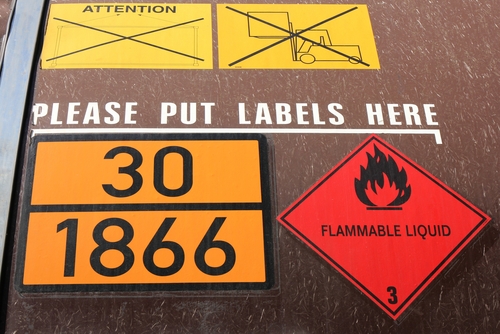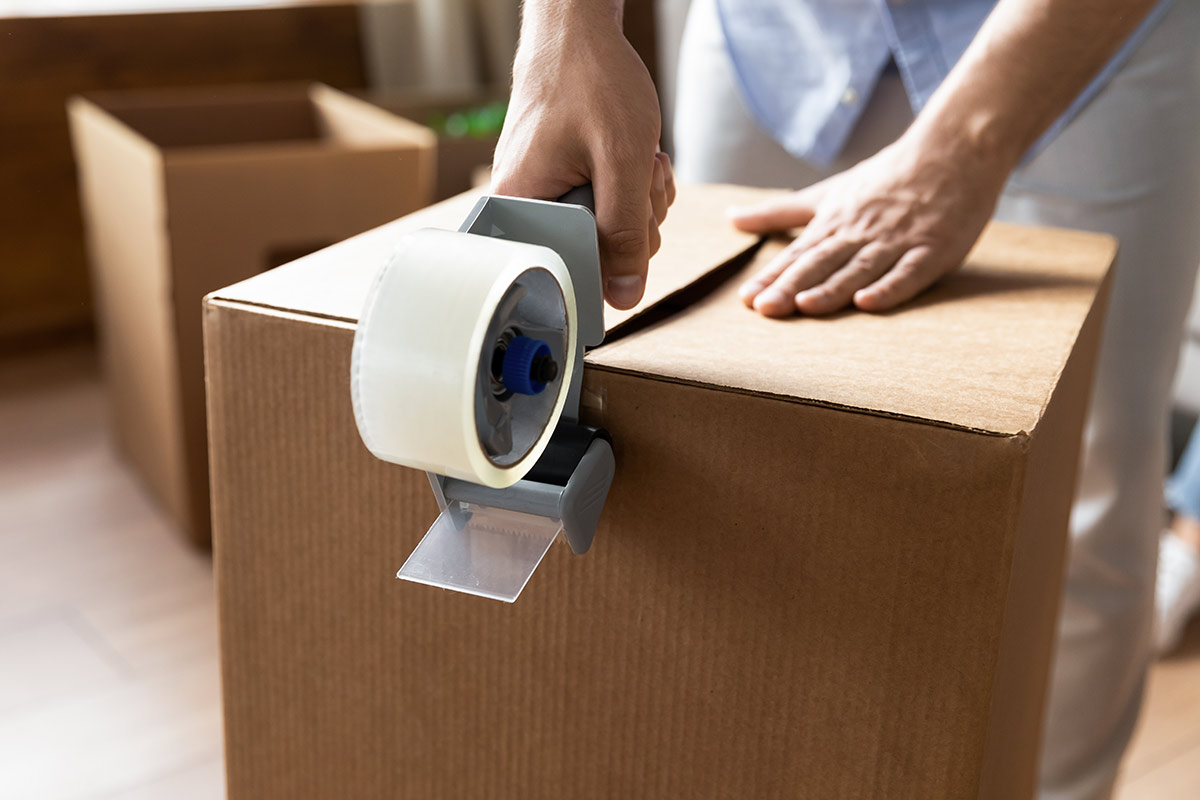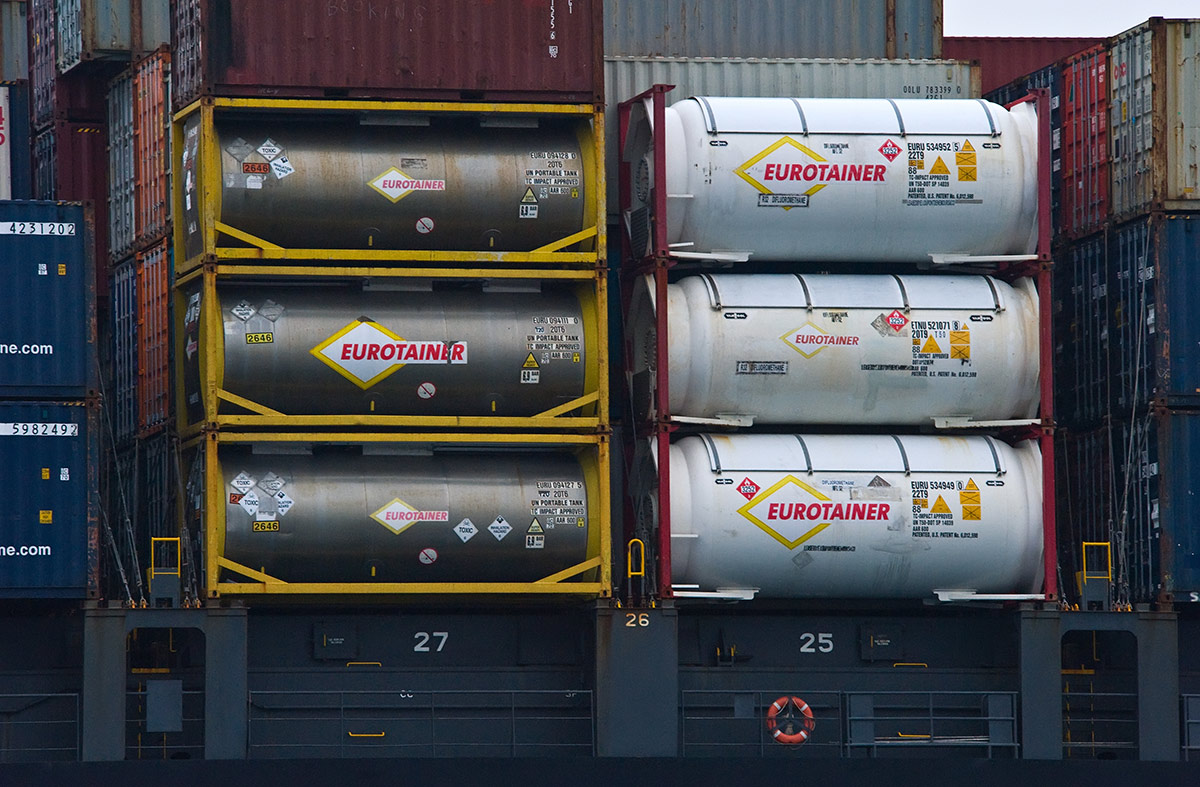Shipping hazardous materials requires proper containers and handling. While the rules and practices are not complex, taking extra care to avoid harm will help make sure the goods get to where they are supposed to go. The shipper is required to provide the information on the goods to the carrier.
Shipping hazardous materials is easier when following several key tips.
Be Aware of Differences Between Countries
Some countries may have exemptions for labeling and shipping requirements for internal shipments, but not every country may have those exemptions, and international shipments will require full compliance with the regulations. Work with your shipping agent to determine the requirements for the items being shipped.
For example, the U.S. exempts many perfume products from full compliance with hazmat regulations, provided the package indicates that it “contains ethyl alcohol.” Perfumes, however, must be shipped internationally as fully regulated goods. If shipped by air, perfume bottles or containers must meet all pressure tests.
Lithium Batteries
When shipping by air, lithium batteries are prohibited as cargo on passenger aircraft. They may be carried on cargo aircraft. UPS treats lithium batteries as fully regulated dangerous goods and requires special steps to be taken to carry them.
Proper Packaging
Make sure you have packed your hazardous materials properly. Ensure each container is appropriate for the material and provide proper cushioning and secure closures. Absorbent materials will help contain any leakage. Leaks can potentially endanger the shipping crew, recipients, and the environment.
Label your packages appropriately. Anyone handling the package should know of the potential risks from the contents. It is probably wise to make sure little other information is visible on the container—this will focus attention on the relevant information. Remove unrelated labels.
Using appropriate tracking software will help you track your shipments and document the care you have taken to ensure compliance. If possible, taking photographs of the packing and shipping process will also help demonstrate this compliance.
Training
Make sure everyone handling hazardous materials is meticulously trained, especially for job-specific tasks and responsibilities. Each employee should be aware of the regulations and the company’s process for complying with those regulations.
Employees should not only be aware of the shipper’s obligations but also the transport company’s obligations. Working to make sure your goods are completely ready for transport when they leave your facility will protect your company.
Double-Check Your Shipment
Many common items are considered hazardous or dangerous during shipping. Food flavoring can fall into this category, as do perfumes and some electronic equipment. Checking with a shipping agency will ensure the shipment is properly labeled.
The items need to have the correct shipping name, hazard classification, and government ID number. The risk category determines the packaging group—the level of danger from the contents of the container.
The shipping classification of hazmat is on a scale of 1-9. Lower classifications generally refer to flammable gases and liquids. Poisons and infectious materials are in classification 6, while corrosives are classification 8.

Air Transportation
The International Air Transport Association (IATA) provides crucial information on the transportation of hazmat by air. IATA also provides training resources for shippers, airlines, and passengers to increase awareness of shipping dangerous goods by air.
The IMDGC and the CFR
U.S. ocean shipments of hazardous materials (“hazmat”) are governed by the International Maritime Dangerous Goods Code, as well as by the Code of Federal Regulations. The two sets are similar in many ways, but some differences lurk in their provisions. When they appear in conflict, select the more stringent one.
 Label the Containers
Label the Containers
All hazmat containers traveling by sea must be labeled. The label should contain the code and name of the hazmat, as well as the full description. If the container is empty but previously carried a hazmat, the words “last contained” should precede the shipping name.
Include a 24-hour emergency phone number, as well as the country and area codes.
Packing Certificate and Containers
Make sure the person loading the container signs a packing certificate. It should include the container number, and it certifies the packing operations followed regulations.
If hazmat and non-dangerous goods are transported in the same container, everything should be tightly packed, braced, and secured for transportation. Fittings should be protected, and the hazardous goods should be accessible—near the doors, for example.
Placards and Manifest
The container(s) should have a placard on the outside indicating the primary and secondary hazardous risks. The ship’s captain should have a copy of the dangerous cargo manifest.











